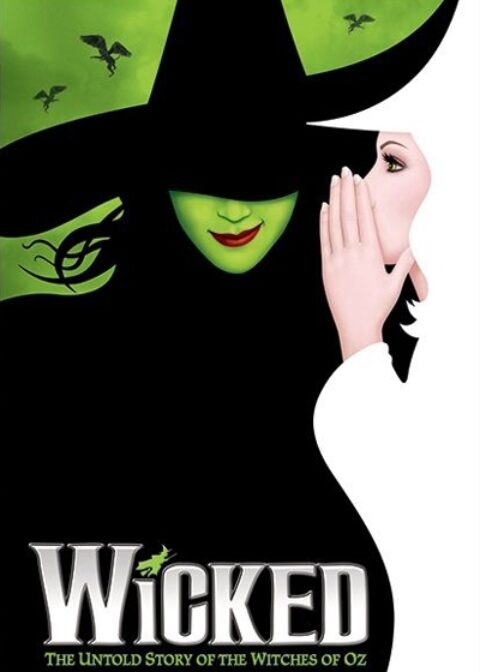Taxi TV Comes To An End. The Days Of The Flickering, Flashing Little Screens In The Back Of The Cab Are Coming To An End In 2018.
New Alternatives To Taxi Technology
Taxi TV has been around for a good decade. You would need to be living under a rock not to notice the bright little displays embedded in the back of yellow city cabs all across New York City. However, the days of the flickering, flashing little screens may be coming to an end. The Taxi and Limousine Commission (TLC) announced that it would test out alternatives to taxi technology.
The new “Taxi Passenger Enhancement” plan intends to upgrade the system, replacing it with a virtual GPS meter that tracks fares and distances. The traditional TV screens will be switched to tablets. The new meter system will mirror how apps such as Uber charge their customers.
Broadway Advertisers Lose Crucial Medium
The elimination of Taxi TVs raises a red flag for Broadway advertisers, as they will lose a crucial advertising medium. Broadway shows have been using the traditional TVs as a channel to capture their tourist target market for years. This advertising platform mirrored the old TV medium, as they could drop TV spots onto the push technology of Taxi TV, and get eyeballs on their content without too much additional marketing expenditure, but not anymore.
New Yorkers React To The Change
“I thought I was the only one who didn’t like Taxi TV”
Since the announcement by the TLC was made, many New Yorkers have voiced their support for the new idea. A board member from the Commission, Nora Marino, noted “I thought I was the only one who didn’t like Taxi TV.” According to the Taxi Commission, passengers and drivers often complained about the TV screens.
The flashy monitors, repetitive ads, and often broken displays were just some of the factors that made the average 20-minute ride a nuisance. The TLC has received many complaints about the “mute” and “off” buttons not working properly. Drivers, in particular have loathed the Taxi TV for a long time.
Tech Issues Frustrate Drivers And Riders
Customers also complained that if they were taking a cab ride out to JFK (lasting an hour or more) and the mute button was broken, they would be force-fed commercials for the whole ride. Drivers who lease their own cars don’t gain revenue from the TV’s advertising, and credit card companies charge them a processing fee of 5% of their earnings.
When the TVs were first installed, cab drivers complained that the monitors overheated the seats, where they spend 8 to 12 hours a day. The Taxi and Limousine Commission has finally acknowledged the complaints from passengers and drivers, and the new virtual system is anticipated to innovate taxi meters nationwide.
The Future of Taxi TV
The Taxi and Limousine Commission is testing VeriFone’s new passenger information system. The current TVs will be replaced by 10-inch Android tablets filled with applications. Passengers will not only have access to maps and a meter, but also a big variety of other apps.
Buying a movie ticket, making a dinner reservation, or simply streaming music will become part of the daily taxi commute. VeriFone is also thinking about implementing free Wi-Fi and the ability to make calls through the tablet. The exclusive features on the tablets will work with tap-to-pay technology.
Enhanced Safety Features
Apart from the advantages the apps provide, the new tablets will include safety features. Cab drivers will have access to a security camera, panic button, and fingerprint scanner to start their shifts. Associate Director of the NYU Rudin Center, Sarah Kaufman, mentioned that the new taxi technology should offer passengers customized information. She noted “Taxi TV was a novelty at the time it came out, but at this point, it has matured past the point of being welcome.”
Broadway shows love cab advertising. Eliminating Taxi TV may be a relief for many passengers and drivers, but it will leave Broadway show advertisers at a dead end. Since 2006, New York City has required all Taxis to have TVs. The initial change thrilled advertisers as they were able to utilize the technology to attract specific target audiences.
Geo-Target Consumer Groups
The TVs allow advertisers to Geo-target consumer groups around specific events and neighborhoods. It has been a useful platform specifically for advertising Broadway shows; Broadway advertisers know exactly when and where to capture their audience. In addition, advertising through Taxi TV is cost-effective.
A 30-second spot only costs 8 cents per view. On the bright side, the new interactive system may have the potential to become this generation's advertising outlet. Passengers will have the opportunity to interact with the applications on the tablet. The global head of product and marketing for taxi systems, Jason Gross, told the Daily News, “What we’re really hoping to do is partner with the Googles, the OpenTables, the Pandoras of this world and allow the marketplace to determine what consumers want to do.”
Interactive Advertising On Your Own Terms
Needless to say, advertisements are expected to make their way onto the new system. Now more than ever, taxi riders will have the ability to experience interactive advertising, but it will now be on their terms. Broadway advertising companies Spotco, Serino Coyne, Situation, and AKA anticipate a rich set of applications on the new Verifone tablet, but will be hard-pressed to find a way to force-feed their show pitches through this method. There is no word yet if the mute button will still be broken.



